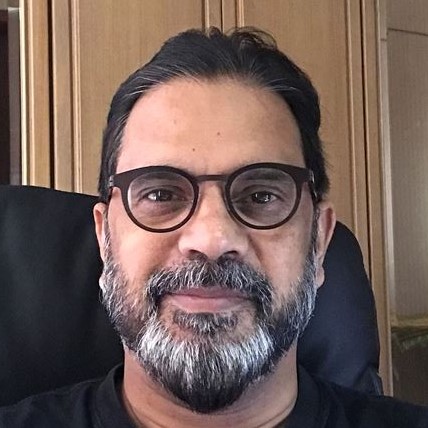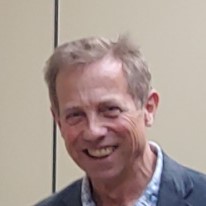
The Sendai Framework for Disaster Risk Reduction 2015–2030 (‘the Sendai Framework’) was one of three landmark agreements adopted by the United Nations in 2015. The other two being the Sustainable Development Goals of Agenda 2030 and the Paris Agreement on Climate Change.
The UNDRR-ISC Sendai Hazard Definition and Classification Review Technical Report supports all three by providing a common set of hazard definitions for monitoring and reviewing implementation which calls for “a data revolution, rigorous accountability mechanisms and renewed global partnerships”.
The report was officially launched online on 29 July 2020. The Special Representative of the Secretary-General for Disaster Risk Reduction and Head of the UNRRR, Mami Mizutori, opened the discussion, saying the report was a timely milestone in the actions that have been taken over the last five years to accelerate implementation of the Sendai Framework for Disaster Risk Reduction.
The new report is an important stepping stone for the international community to achieve sustainable development within our increasingly complex, interconnected and systemic risk landscape.
Mami Mizutori, Special Representative of the Secretary-General for Disaster Risk Reduction and Head of the UNDRR
The broad range and complex nature of hazards calls for a standardized fully-fledged characterization of hazards that serves as a basis for countries to assess and accordingly enhance their risk reduction policies and operational risk management practices.
Recognizing this challenge, in 2019, the ISC partnered with the United Nations Office for Disaster Risk Reduction (UNDRR) to launch an ambitious science project to identify the full scope of all hazards relevant to the Sendai Framework and the scientific definitions of these hazards.
The work by the Technical Working Group was announced at the 2019 Global Platform for Disaster Risk Reduction and was led by Virginia Murray, Head of Global Disaster Risk Reduction at Public Health England.
Throughout 2019 and in the first half of 2020 the Technical Hazards Task Team and the ISC science community continued to provide peer-reviews for the draft report and the hazard definitions, with the finalization of the report in June 2020.
During the launch, ISC CEO Heide Hackmann said the global crisis situation we find ourselves in now reveals the devastating nature of systemic risks and the need to work collaboratively through a transdisciplinary systems approach in order to find equitable solutions. The newly released report provides an important reference point for the drivers of risk in a much more holistic manner.
One of the key themes to come out of the webinar was the need for science, policy, community and the private sector to work together to achieve the goals of the Sendai Framework.
The issue of partnership is critical. We need to challenge ourselves as organizations to maximize the benefit and the value of those partnerships. We need to ensure that between the ISC and UN agencies like the UNDRR that we are maximizing the benefit for their political convening power and our scientific convening power at a global level.
For example, how do we engage the 170 national academies of science – how do we challenge and support them with their national level relevant policy makers?
Heide Hackmann, CEO, International Science Council
The webinar launched and presented the detailed report, including six targeted recommendations. For background on how this project relates to the ISC’s Action Plan 2019-2021, visit council.science/hazards
Special Representative of the Secretary-General for Disaster Risk Reduction and Head of the UN Office for Disaster Risk Reduction
Chief Executive Officer, International Science Council (ISC)
Head of Global Disaster Risk Reduction at Public Health England and Chair of the Sendai Framework Task Team
Photo: agci.org

John Schneider
Global Earthquake Model Foundation

Aslam Perwaiz
Asian Disaster Preparedness Center
Photo: adpc.net

Nick Moody
Insurance Development Forum
Photo: mapaction.org
Moderator, International Science Council